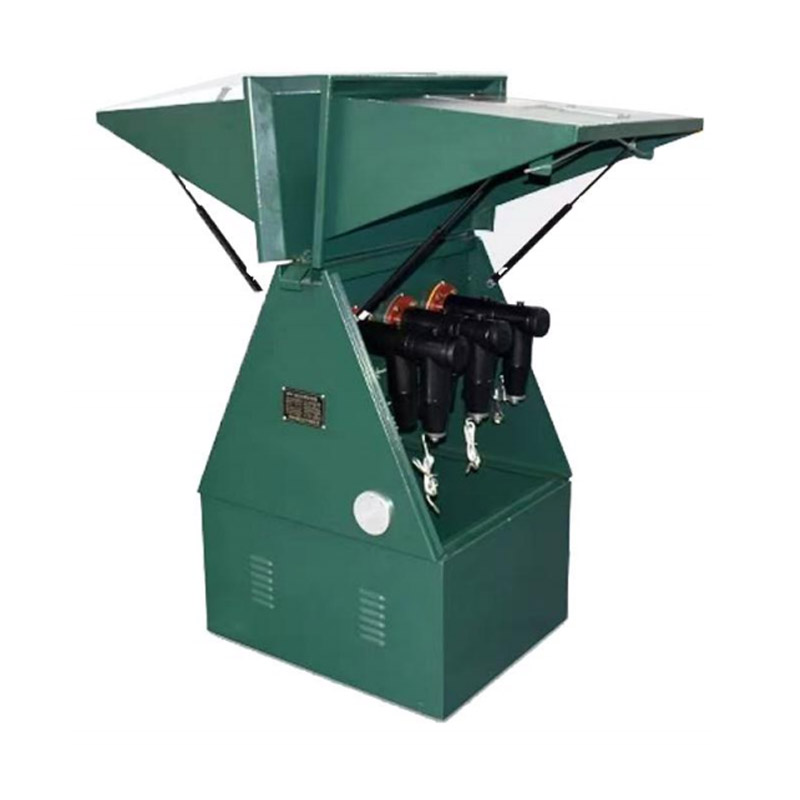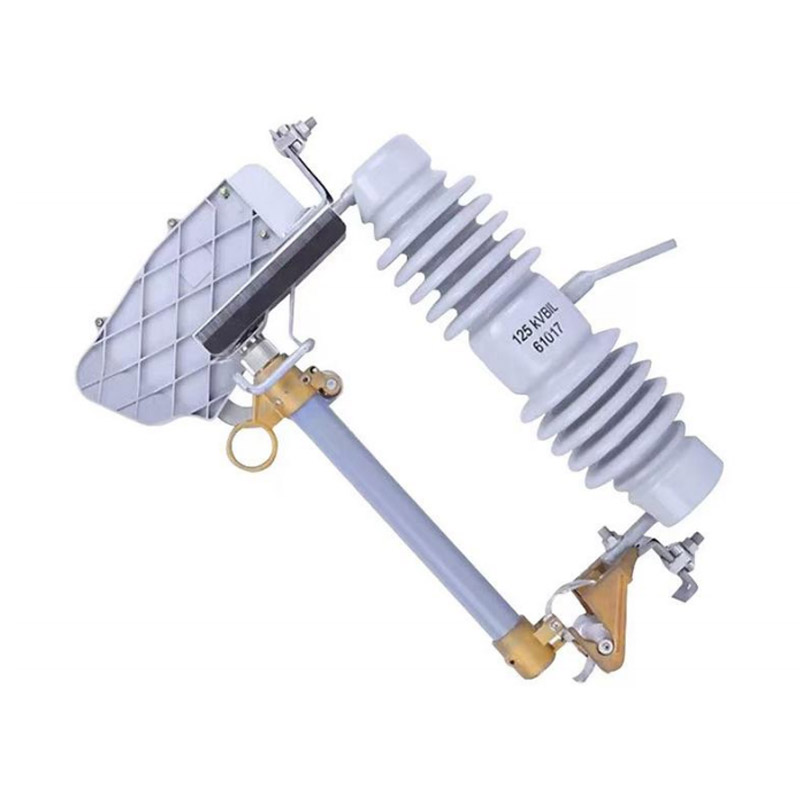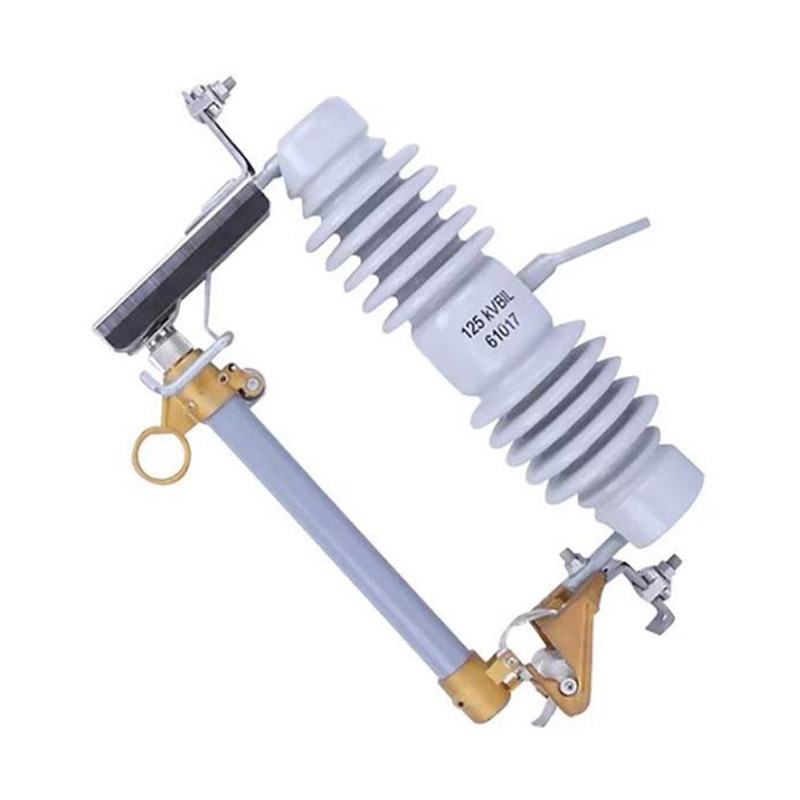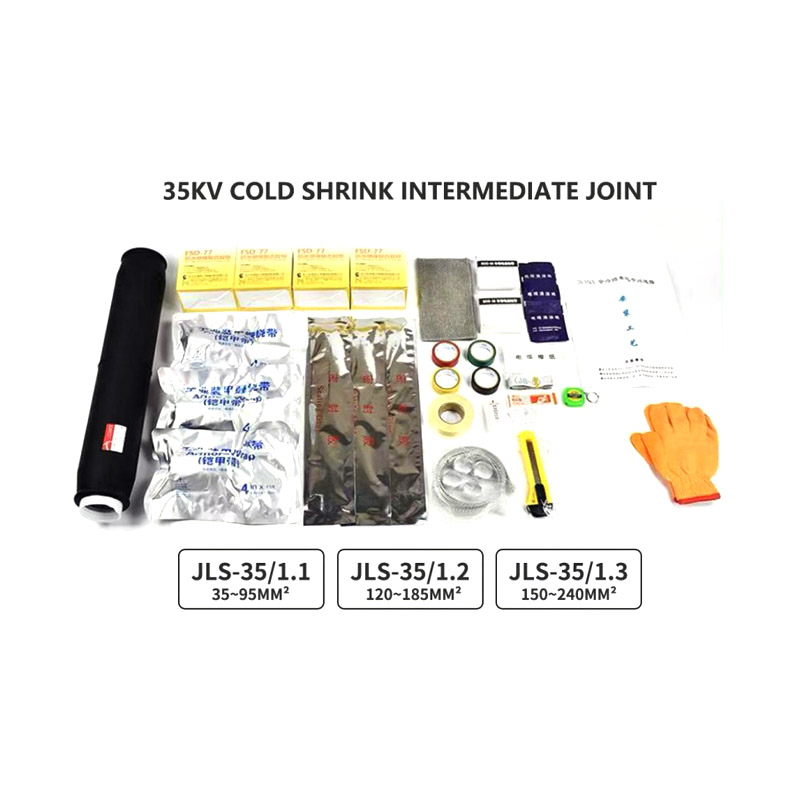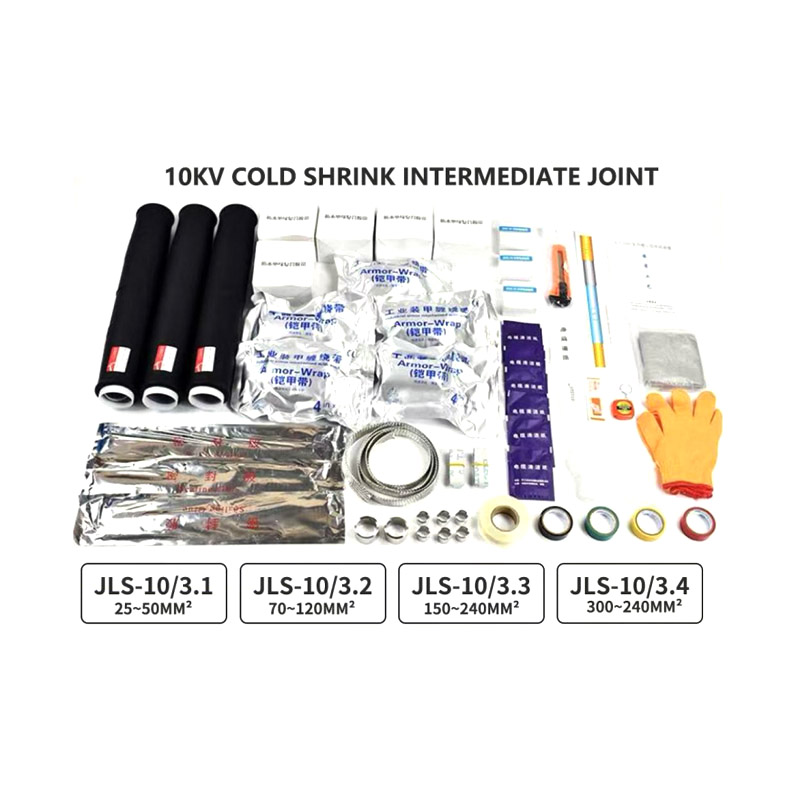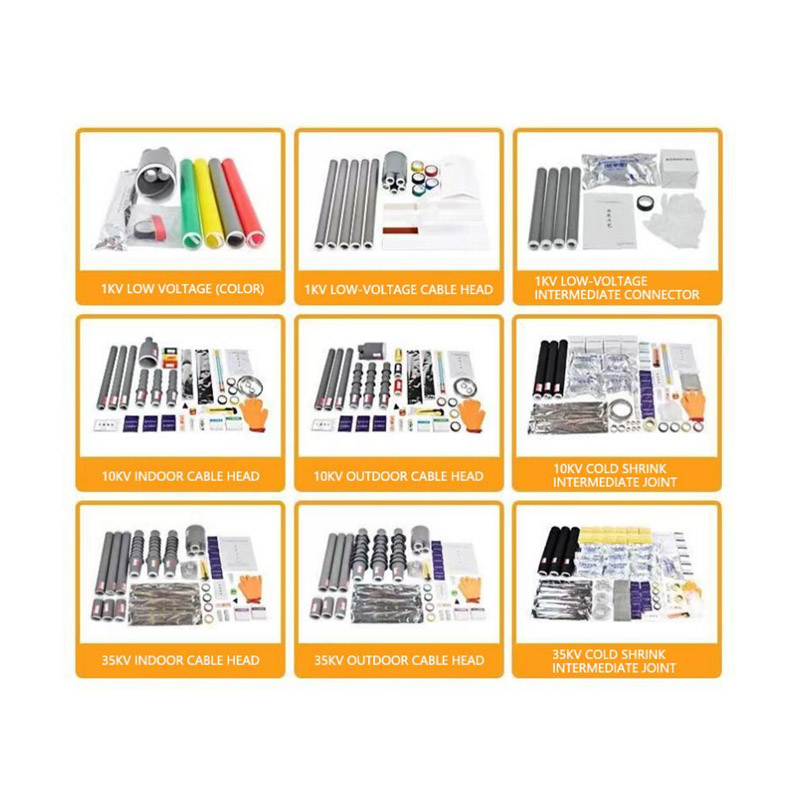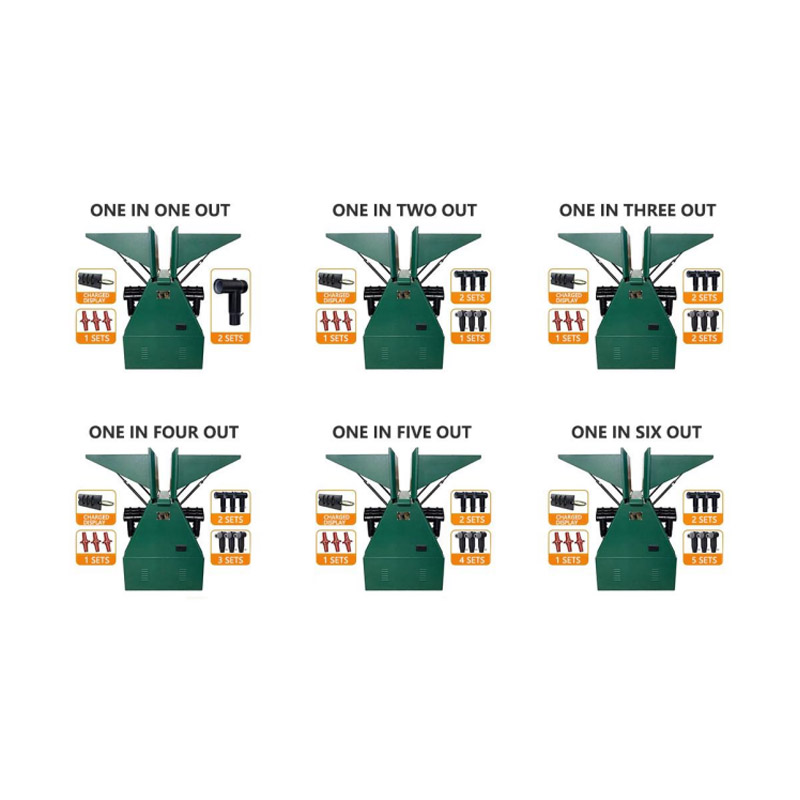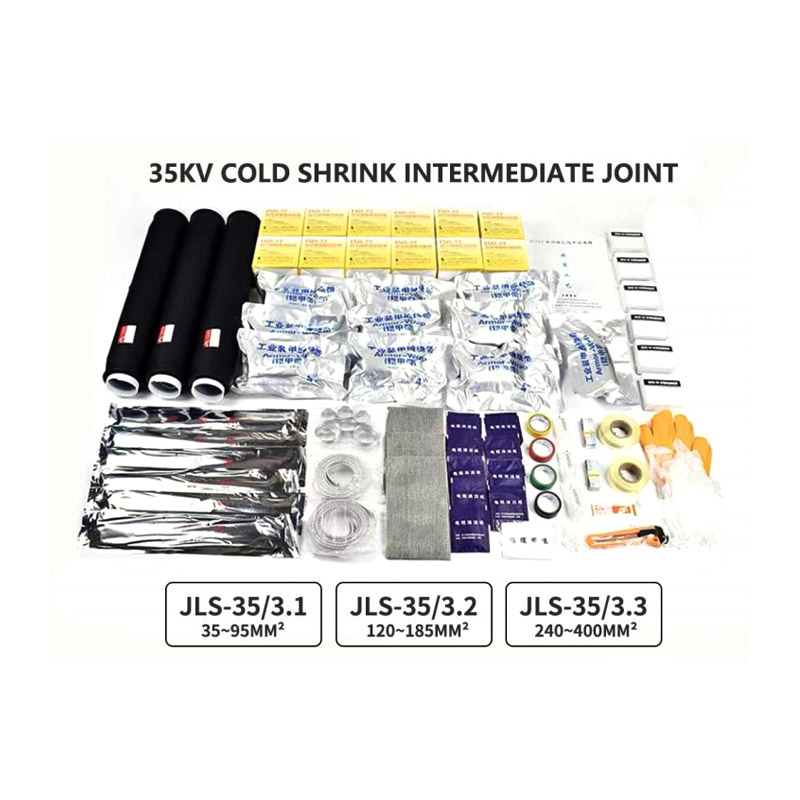A junction box is an electrical enclosure that houses wiring connections, circuit breakers, and other electrical components. It serves as a protective housing for the wires, reducing the risk of electrical faults and fire hazards. A circuit breaker block junction box is a specialized type of junction box designed specifically to house circuit breakers, providing a safe and organized way to manage electrical circuits.
Key Factors to Consider When Selecting a Junction Box
1. Material and Durability
Junction boxes are made from a variety of materials, including plastic, steel, and aluminum. The choice of material depends on the environment in which the junction box will be installed. For example, a circuit breaker block junction box installed outdoors may need to be made from weather-resistant materials such as stainless steel to prevent rust and corrosion. On the other hand, plastic boxes are often used for indoor installations where environmental factors are less of a concern.
2. Size and Capacity
It's crucial to select a junction box that is large enough to house all the circuit breakers and wiring connections without being overcrowded. A box that is too small will not only make the installation more difficult but also pose safety risks, as it can result to overheating due to insufficient space for air circulation.
3. IP Rating (Ingress Protection)
The IP rating refers to the level of protection a junction box offers against dust and moisture. If the junction box will be exposed to outdoor conditions, it's essential to choose one with a high IP rating to protect the internal components from environmental damage. For indoor applications, a lower IP rating may be sufficient, but for outdoor or industrial environments, an IP-rated box ensures durability and reliability.
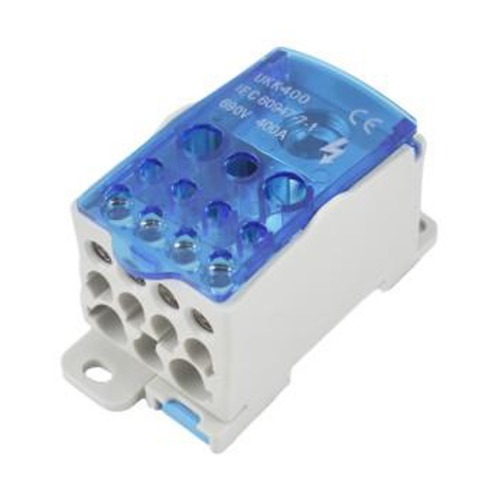
How to Install a Junction Box for Circuit Breakers
Installing a junction box for circuit breakers can be a straightforward task if you follow the correct steps. Here's a general guide to ensure a safe and efficient installation:
Step 1: Turn Off Power
Before you begin installing the junction box, always ensure that the power to the electrical system is turned off. This is a crucial safety measure to avoid electrical shock or damage.
Step 2: Choose a Suitable Location
Select a location for the junction box that provides easy access to the circuit breakers while ensuring safety. The box should be mounted at a convenient height, typically around 1.5 meters (5 feet) from the ground.
Step 3: Install the Box
Secure the junction box to the wall or electrical panel using appropriate mounting hardware. Ensure that the box is level and properly aligned before tightening the screws.
Step 4: Make the Electrical Connections
Connect the incoming and outgoing wires to the circuit breakers housed inside the junction box. Ensure that all connections are tight and secure to prevent any loose wiring, which could result to electrical faults.
Step 5: Test the System
Once the junction box and circuit breakers are installed, test the system to ensure that everything is functioning correctly. Turn the power back on and check each circuit breaker for proper operation.
Choosing the right junction box for your circuit breakers is crucial for both safety and efficiency. A high-quality junction box ensures that your electrical system operates smoothly and is protected from faults or hazards. By considering the size, material, and installation environment, you can select a junction box that suits your needs and provides long-lasting protection for your electrical system.



 English
English Español
Español عربى
عربى